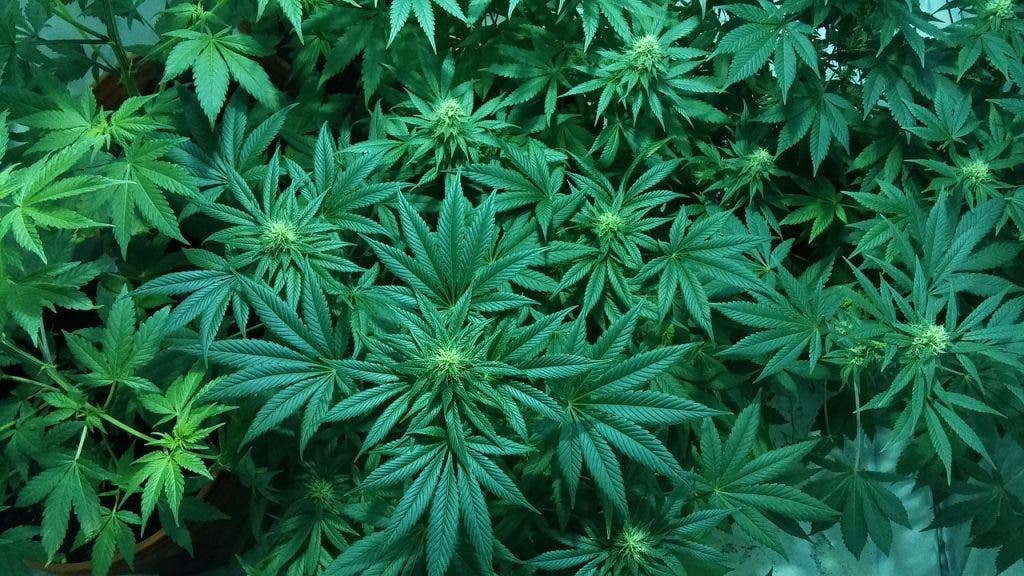
The Drug Enforcement Administration has rejected the request of a 2011 petition made by two former Democratic state governors who had urged federal agencies to reclassify marijuana as a drug with medical uses. However, strict barriers that critics say have seriously hindered cannabis research, including those that might assess its therapeutic value, will be laxed in the future.
The medical use of marijuana has been approved in 25 states, and four states — Alaska, Washington, Oregon, and Colorado — have made recreational use legal. California and eight other states have ballots scheduled for this year that will decide whether or not they will also lift any legal restrictions against recreational use.
According to the AP-NORC Center for Public Affairs Research, 61 percent of Americans support the legalization of marijuana and a recent Gallup poll found one in eight Americans regularly smoke pot, whether it’s legal or not in the state that they live in — it made no difference. Despite this high pro-marijuana sentiment among the public, a record since surveys on the subject were first recorded, the federal government is still very resistant.
Right now marijuana is listed as a Schedule 1 substance, on par with cocaine and heroin. This classification means that marijuana is considered by the government as having absolutely no medical value, while also having “a lack of accepted safety for use under medical supervision and a high potential for abuse.” The FDA has been overseeing drugs in the US since the beginning of the 20th century, and it was in 1970 that the FDA first released the five schedules for controlled substances under the Controlled Substance Act (CSA).
For a drug like marijuana to change its classification one of two things need to happen. Either a suit of government agencies, which includes the DEA and FDA, puts it off the list, or Congress passes a law that says, for instance, “marijuana is legal to use medically” or “marijuana is legal to use medically or recreationally” at a federal level, then the President signs it.
Yesterday, the DEA rejected any kind of re-scheduling for marijuana citing the science-based recommendation of the FDA that there is “no currently accepted medical use in treatment in the United States,” and that the substance remains highly vulnerable to abuse.
“This decision isn’t based on danger,” said DEA Acting Administrator Chuck Rosenberg in an interview with NPR, who was appointed by Obama in 2015. “This decision is based on whether marijuana, as determined by the FDA, is a safe and effective medicine. And it’s not.”
Had the FDA said otherwise, would the DEA have changed its mind also? There’s no way to tell, but some critics claim the DEA is just passing responsibility, knowing fully well that the general public is in favor of marijuana becoming re-scheduled. The fact that dangerous substances like alcohol or tobacco — the former having no medical value, an extremely addictive nature that makes users passable for abuse, yet fully legal and regulated — are somehow exempted from this rhetoric doesn’t bode well with the public either.
“While I haven’t read it, the outcome puts the DEA totally out of touch with the Justice Department, current research, the medical profession, patients and the public,” said Christine Gregoire, the former Democratic governor of Washington state.
“It is intellectually dishonest and completely indefensible,” he said. “Not everyone agrees marijuana should be legal, but few will deny that it is less harmful than alcohol and many prescription drugs.”
However, the DEA did make one concession. It stated it will break the monopoly the University of Mississippi currently has on research-grade marijuana. The university is the only institution allowed to grow marijuana of various strains and potencies and any research group is basically forced to use them as a supplier, despite he fact that literally tons are dealt on the streets on a daily basis in the nation. Federal authorities said they will open up new avenues for more people and institutions to manufacture marijuana for scientific purposes.
“As long as folks abide by the rules, and we’re going to regulate that, we want to expand the availability, the variety, the type of marijuana available to legitimate researchers,” Rosenberg said. “If our understanding of the science changes, that could very well drive a new decision.”






